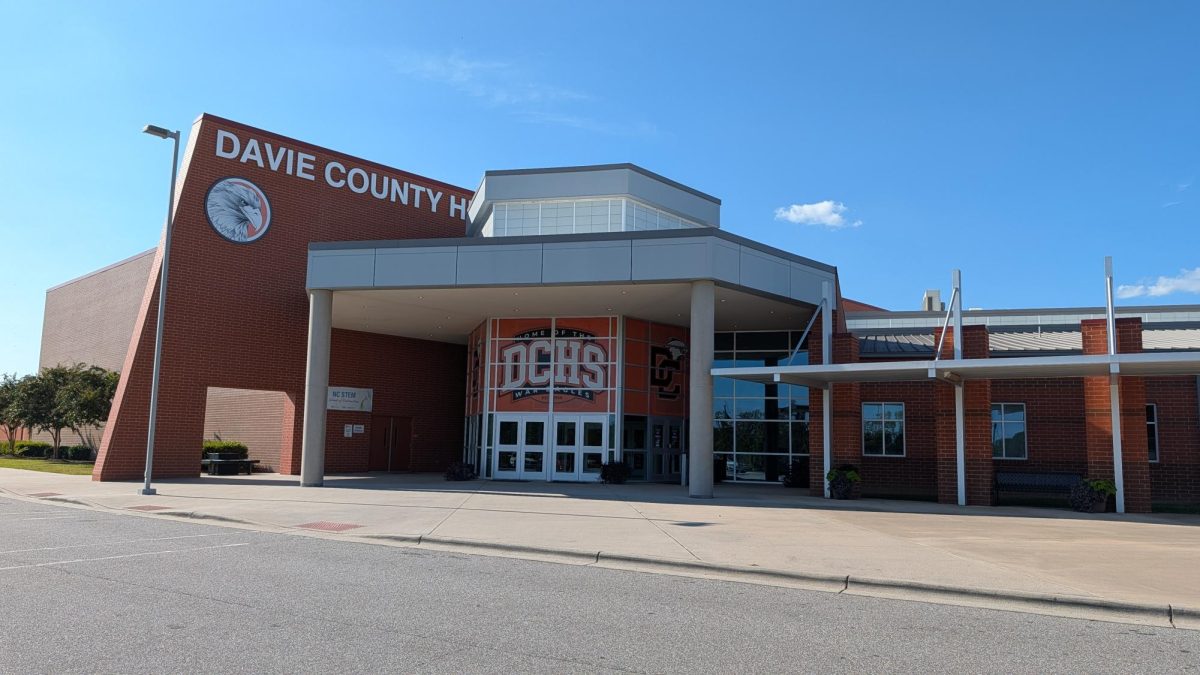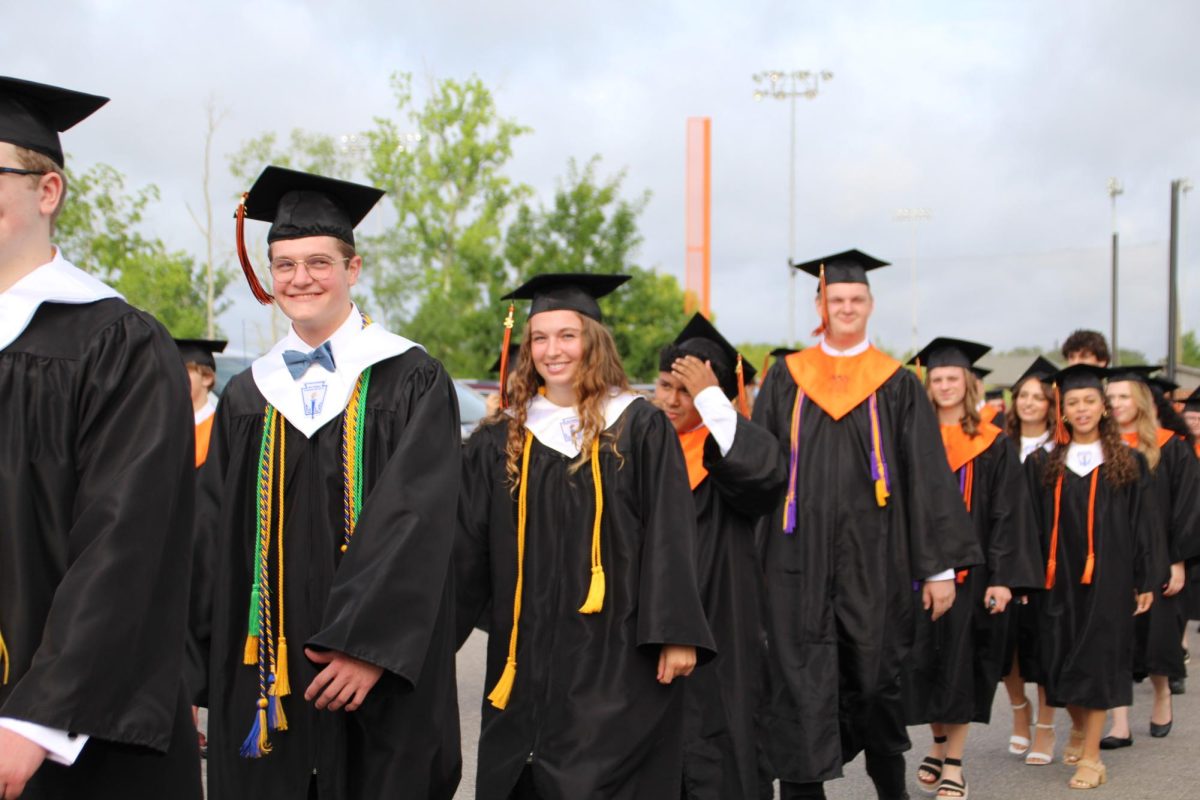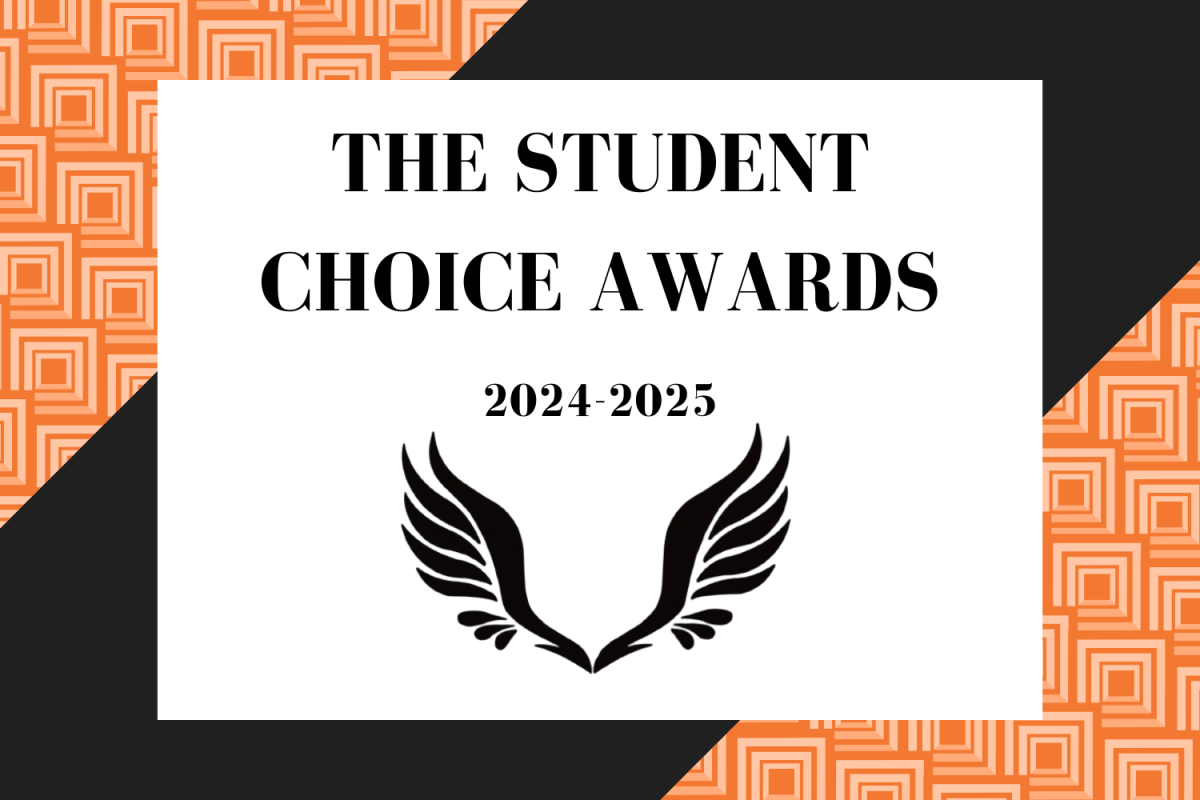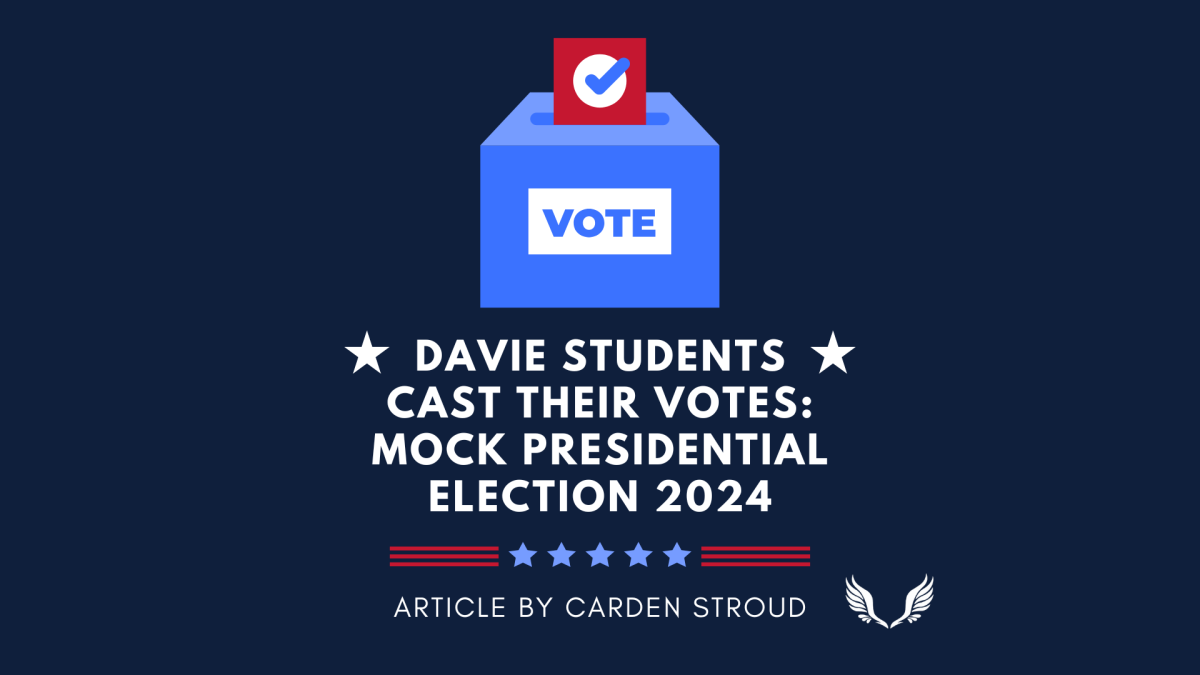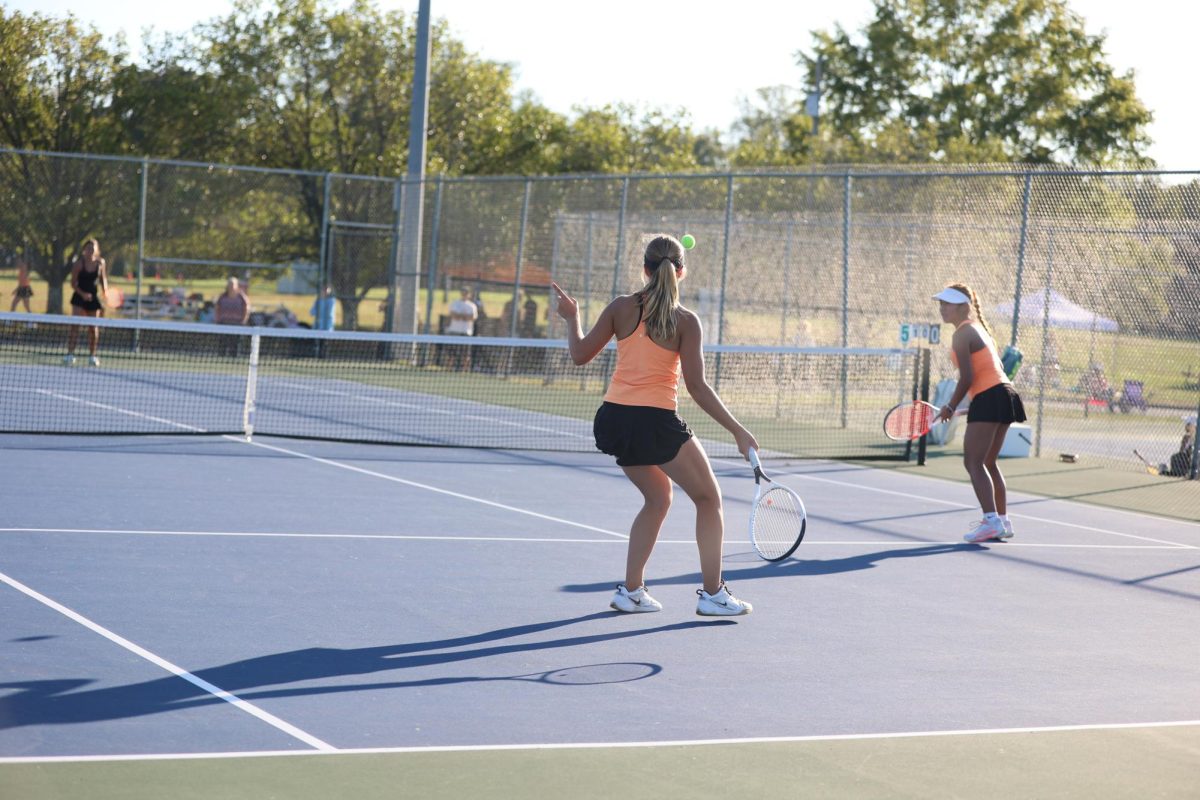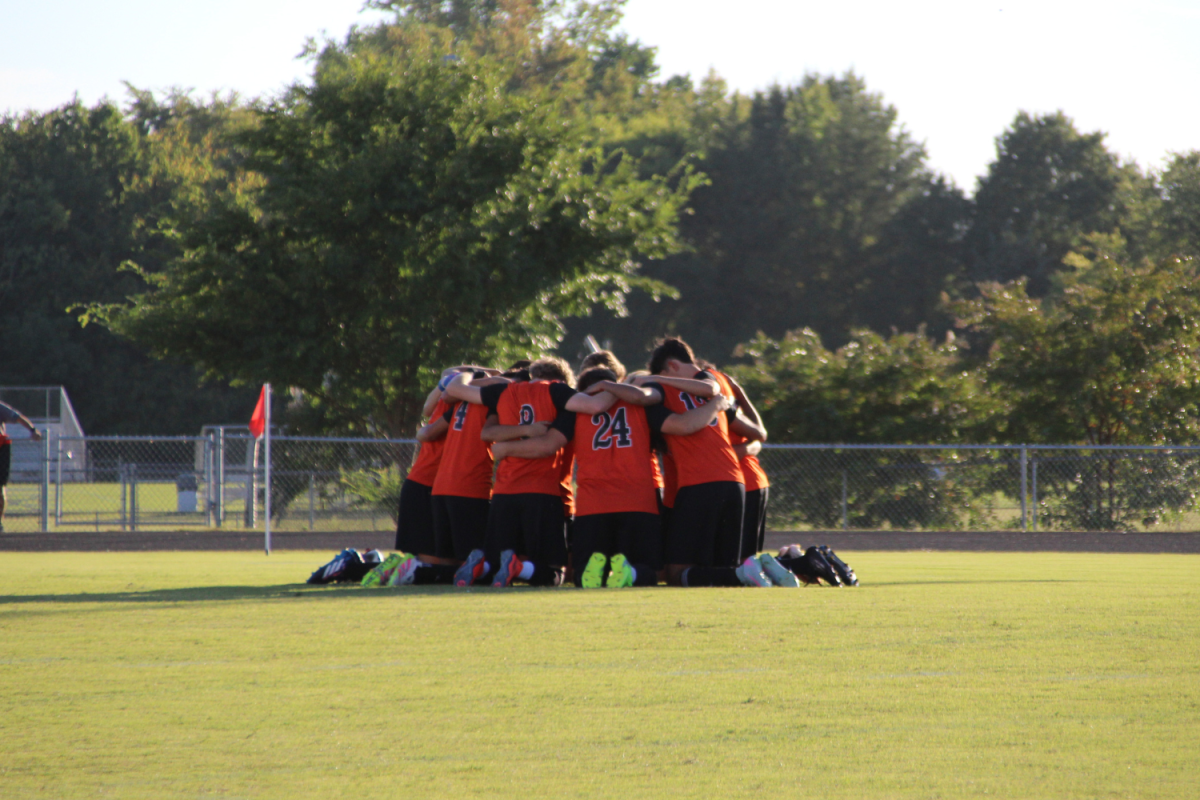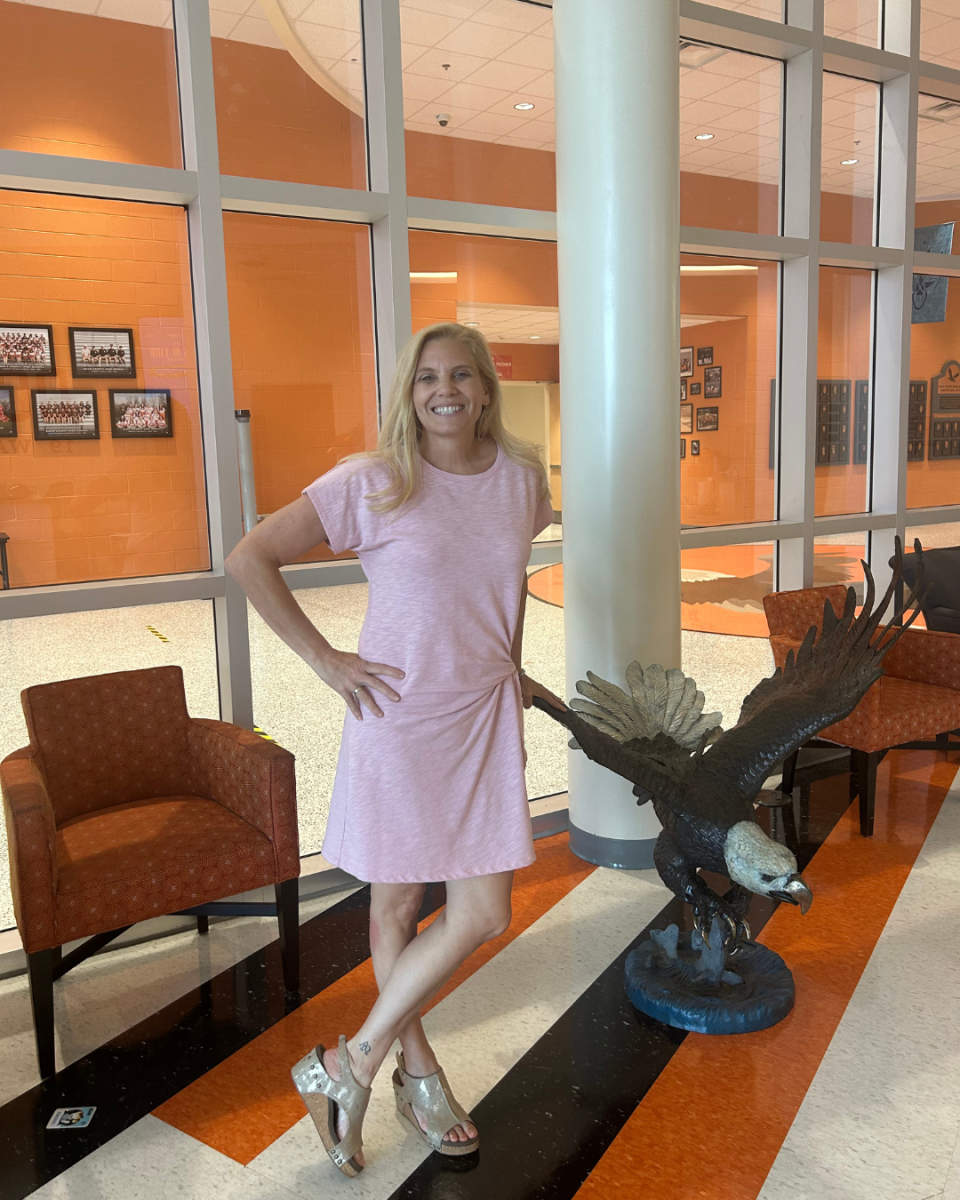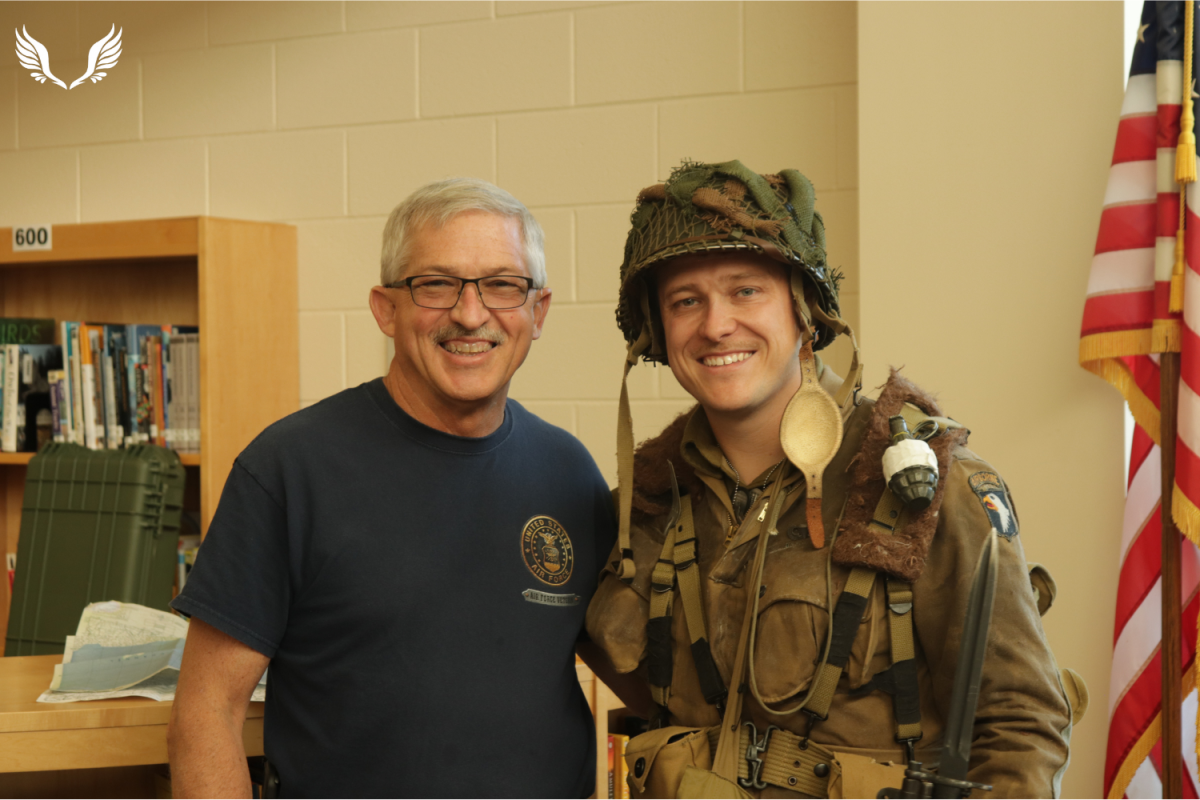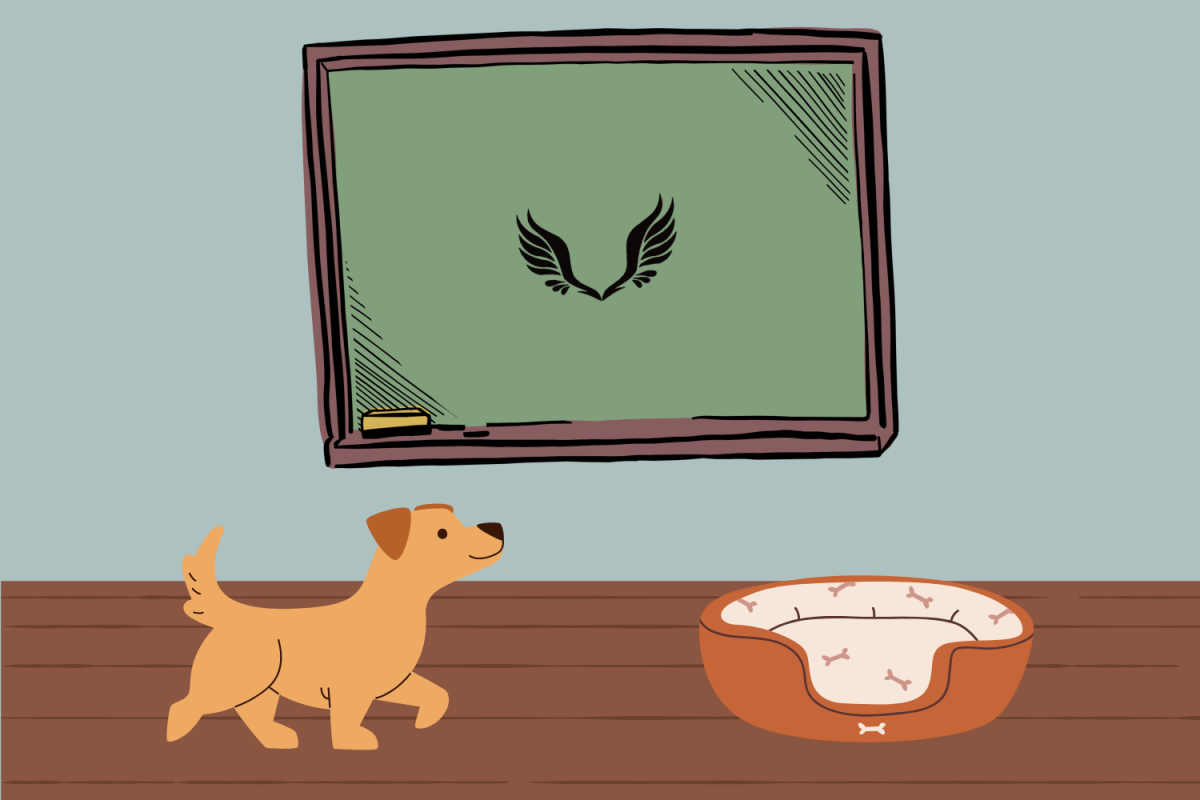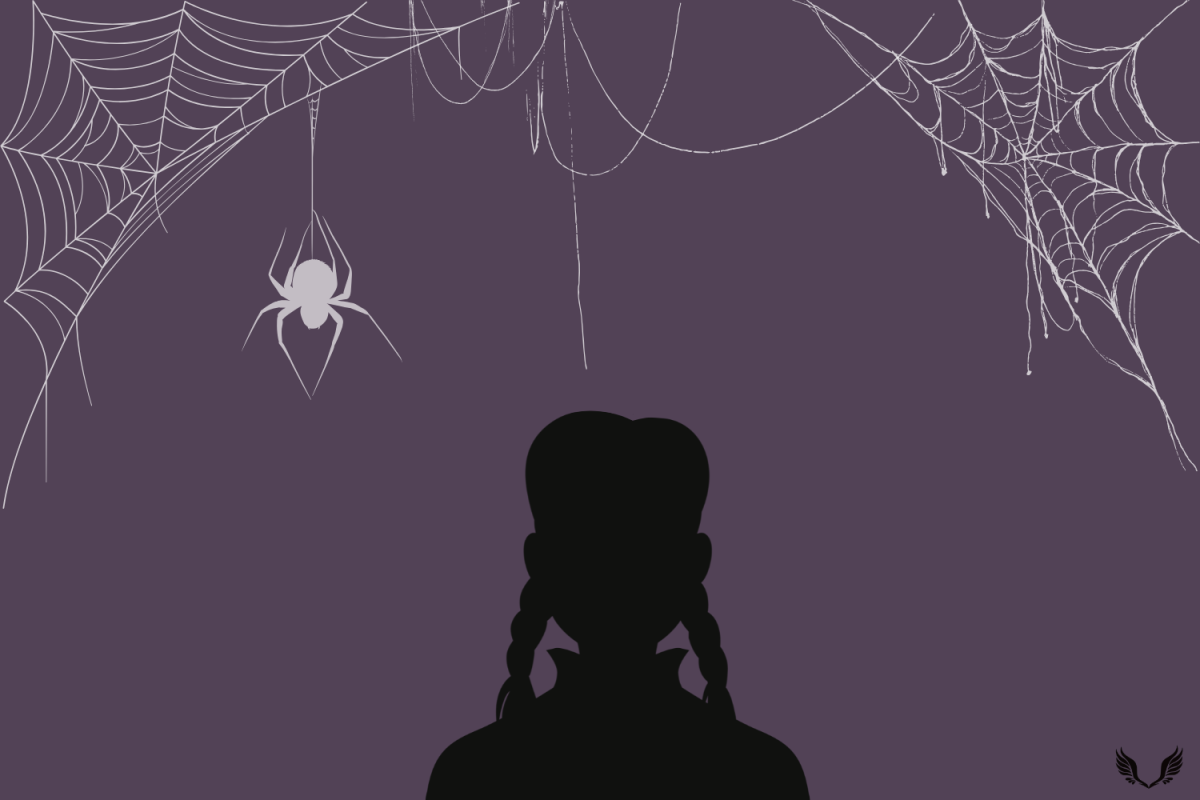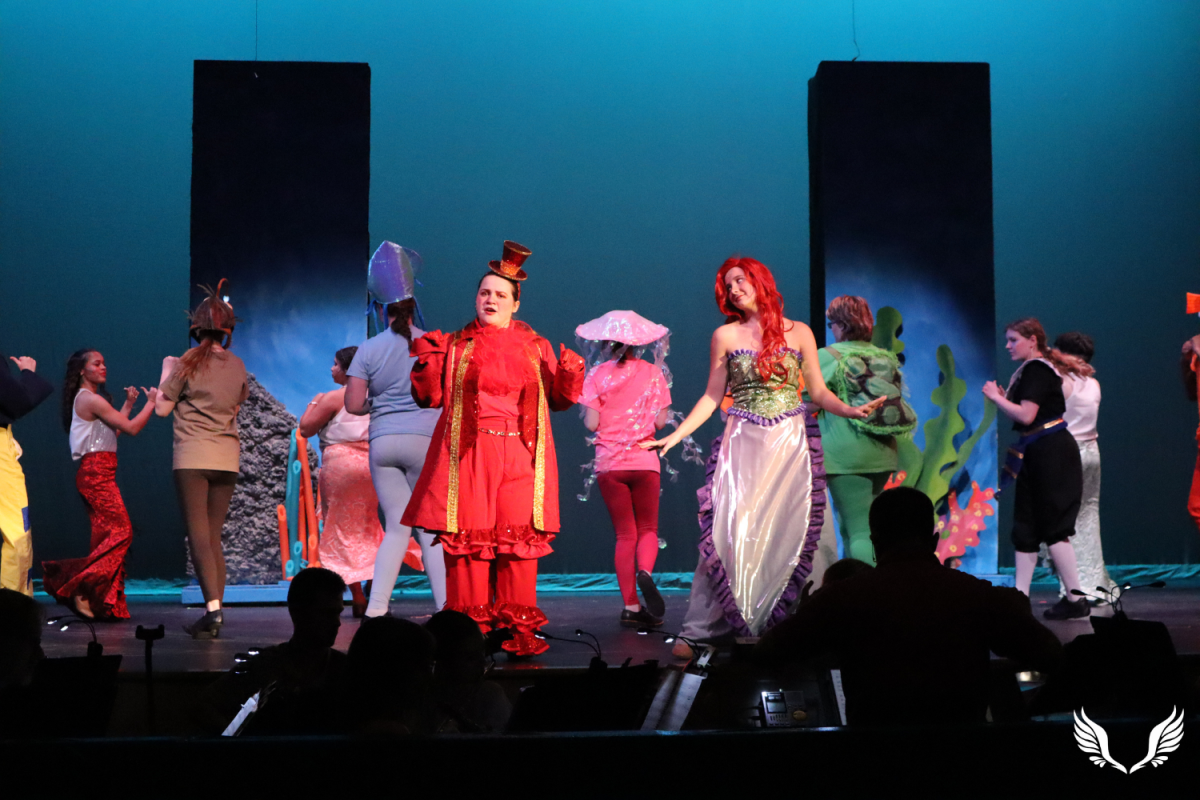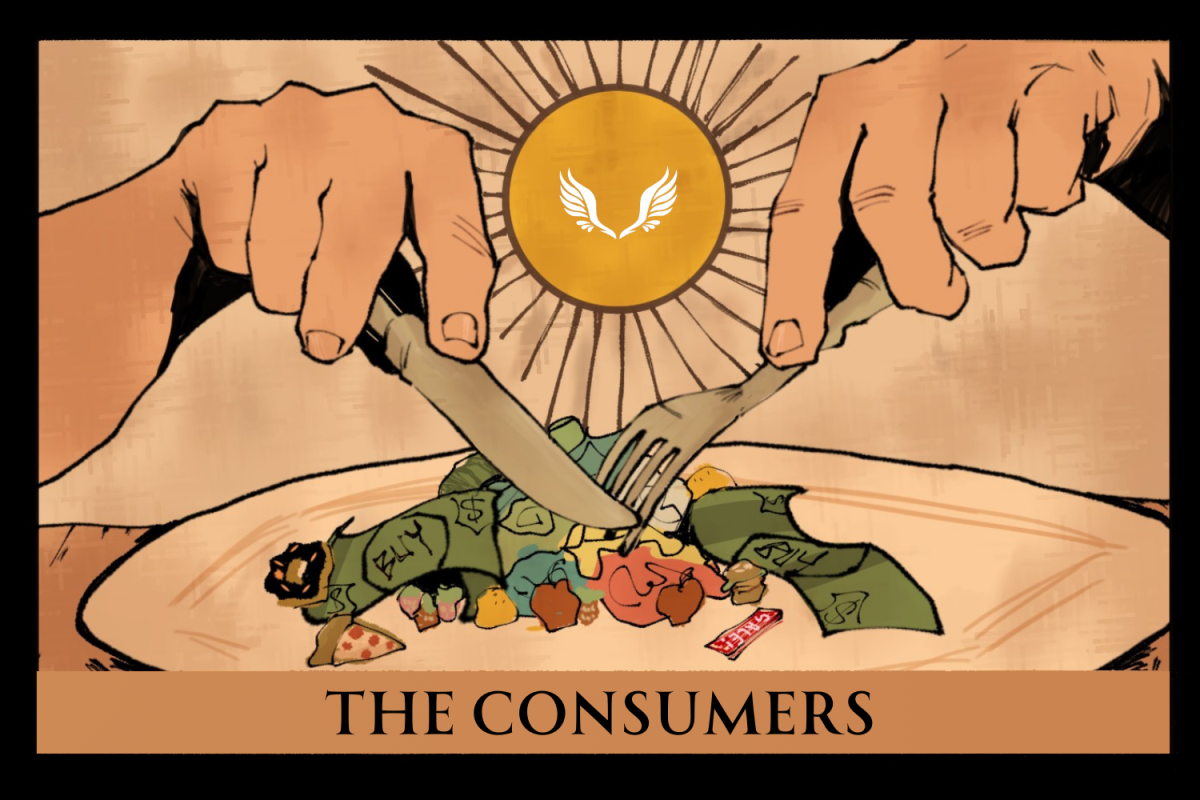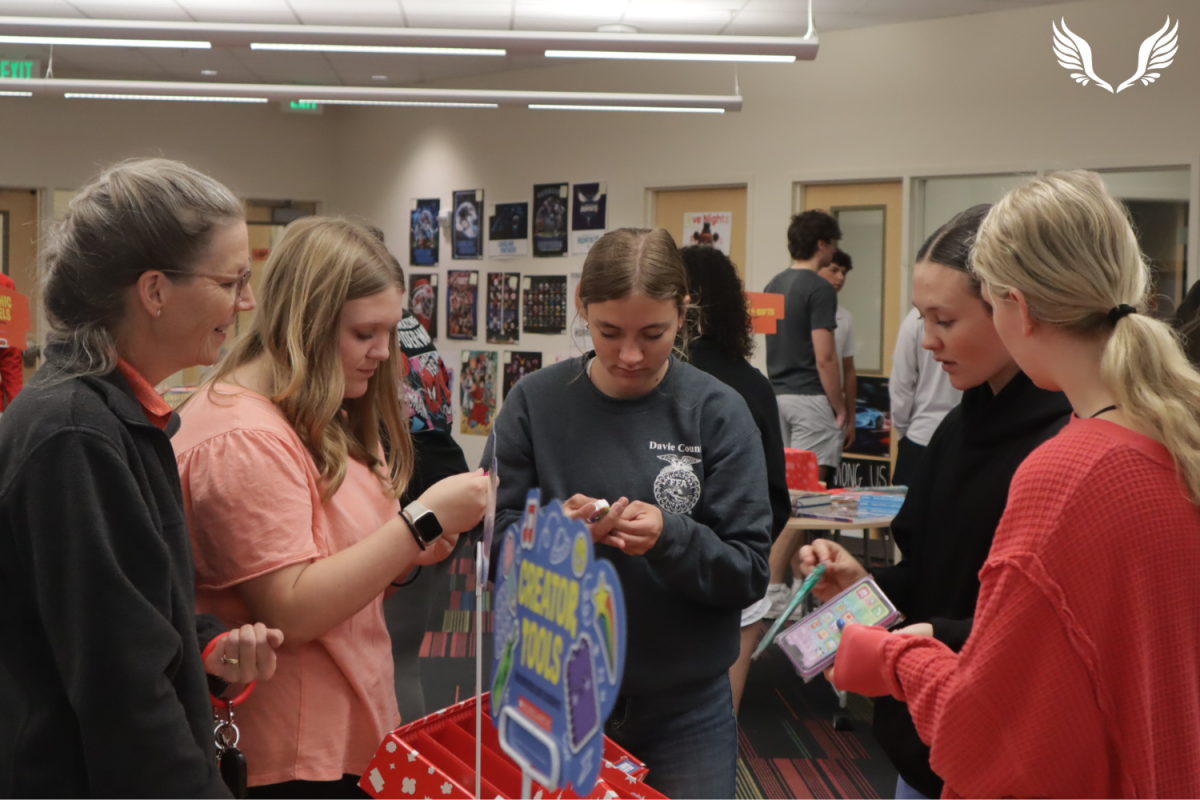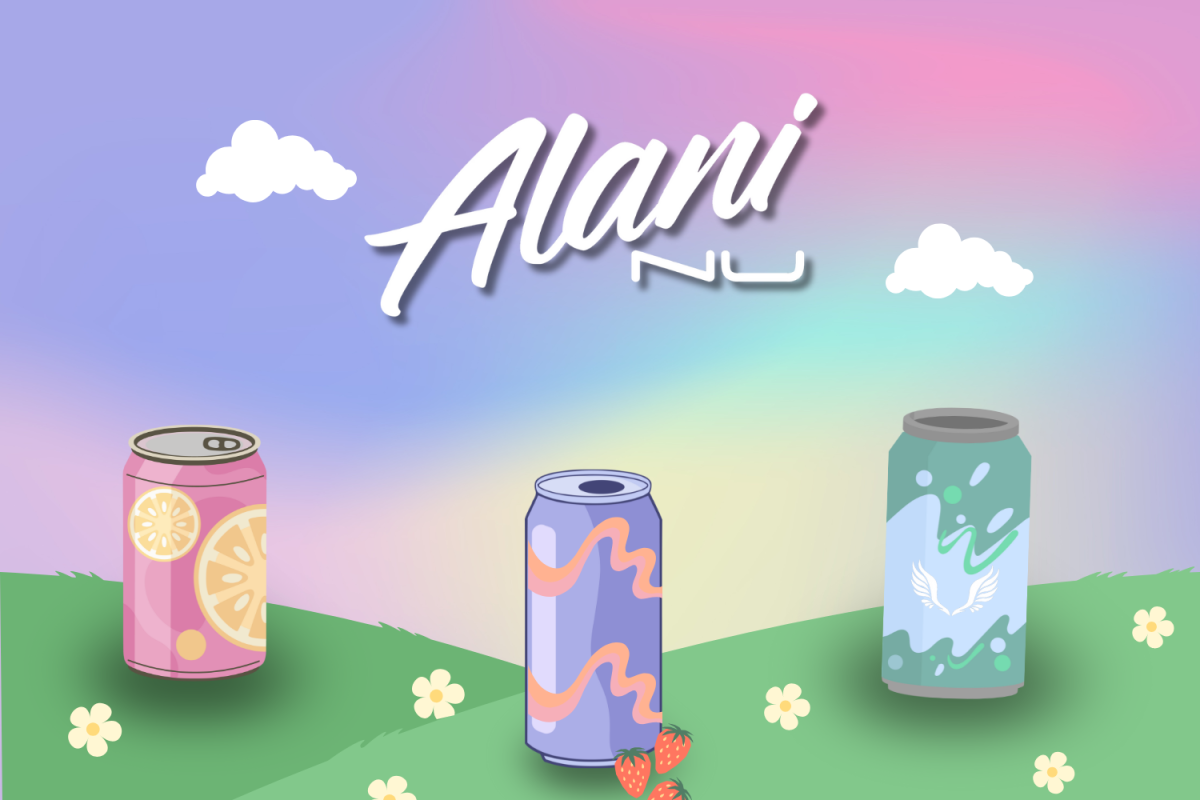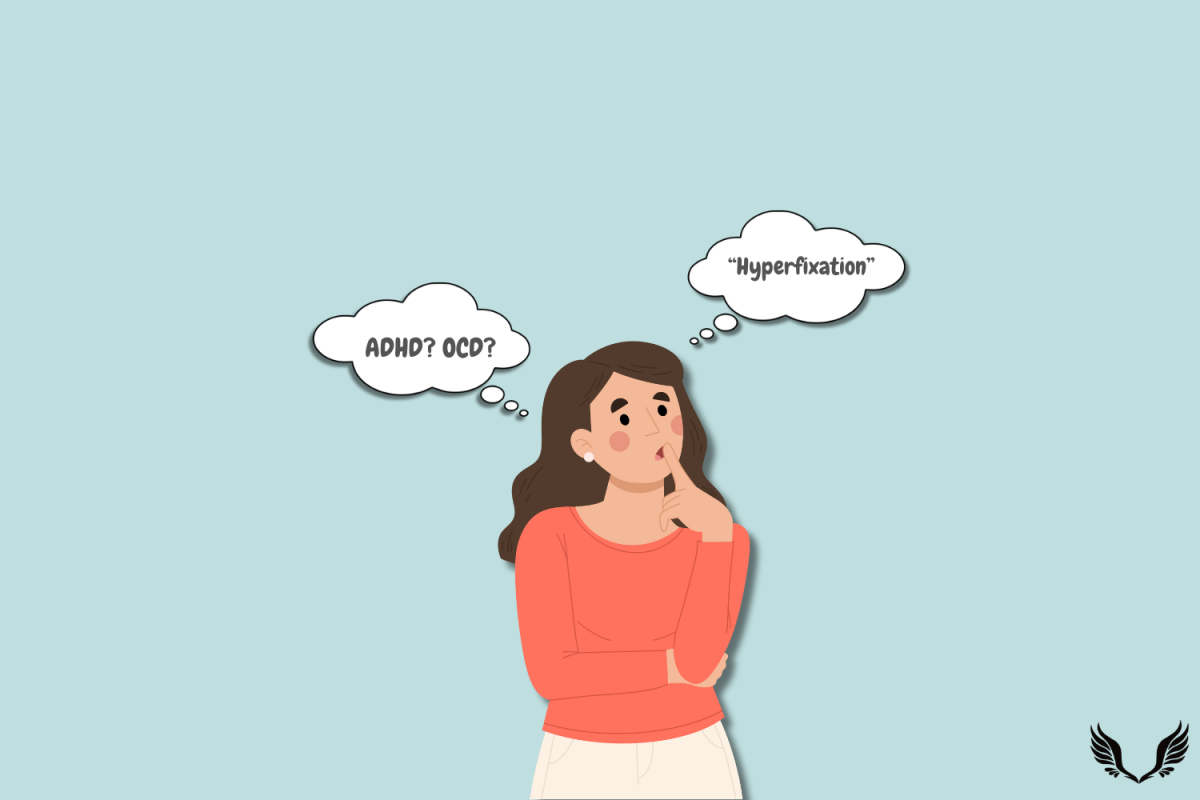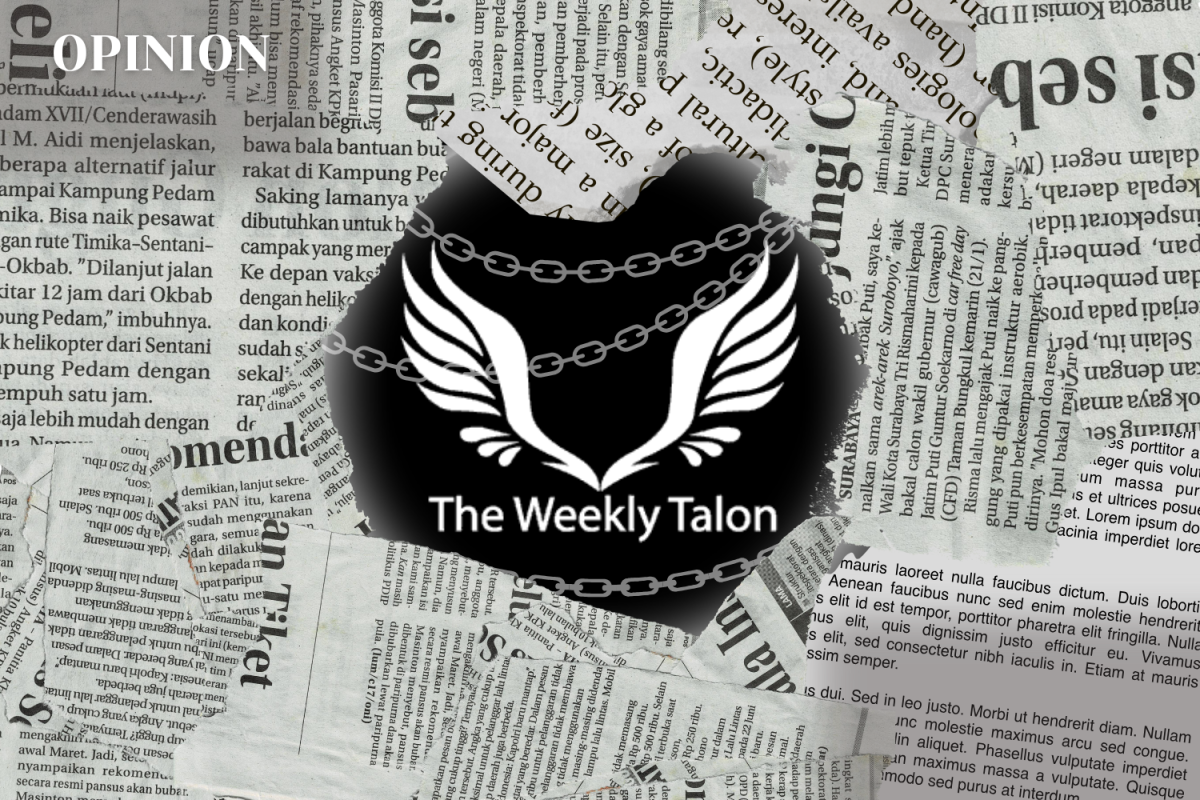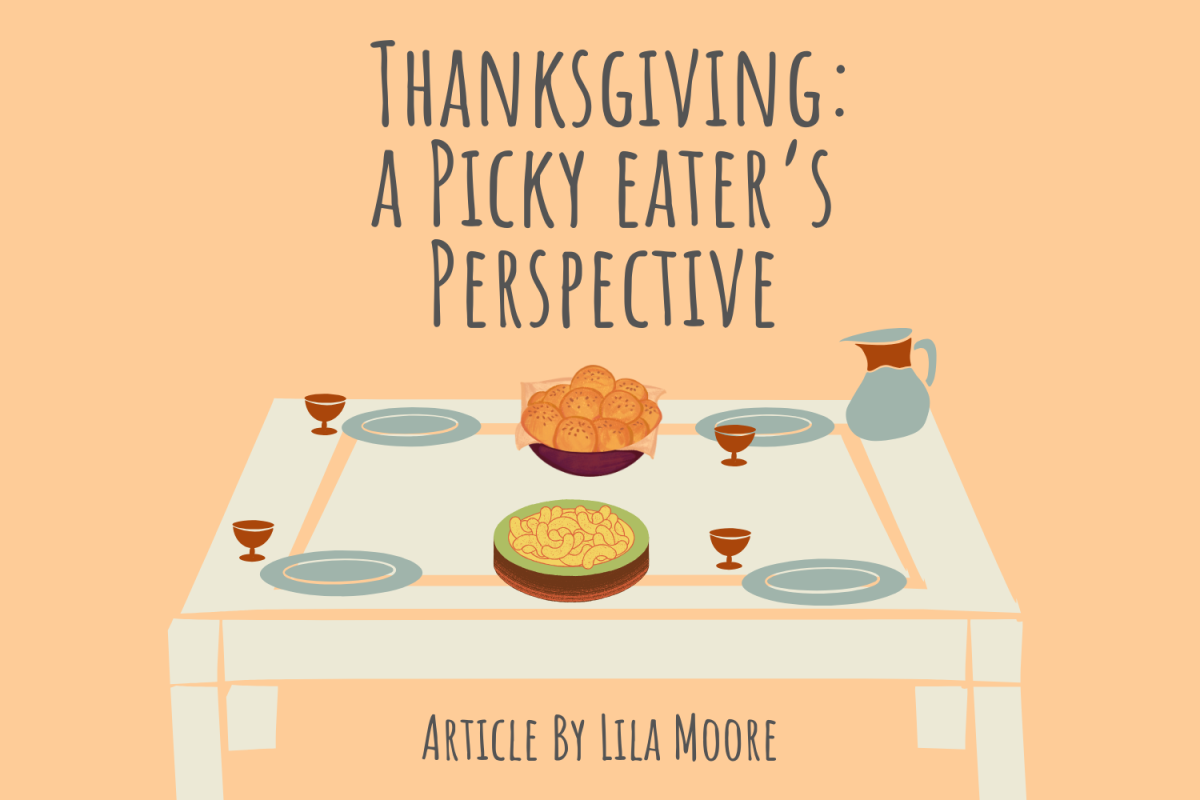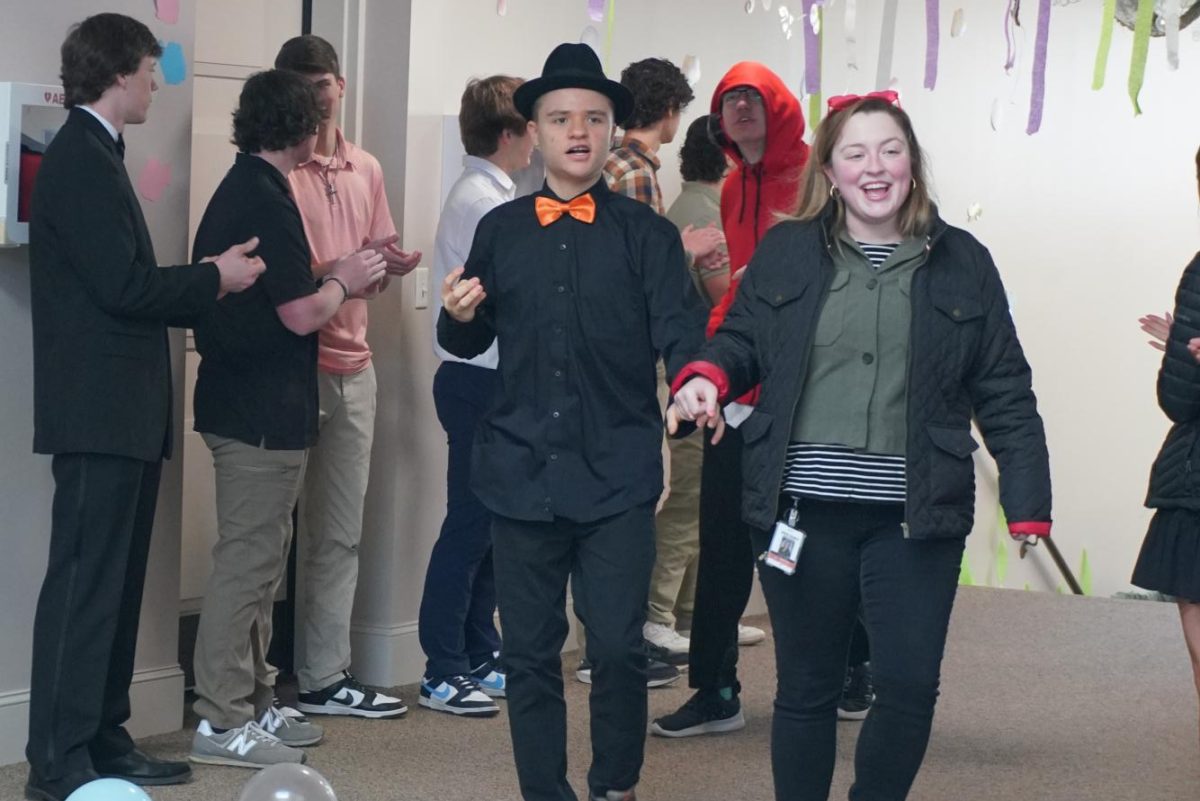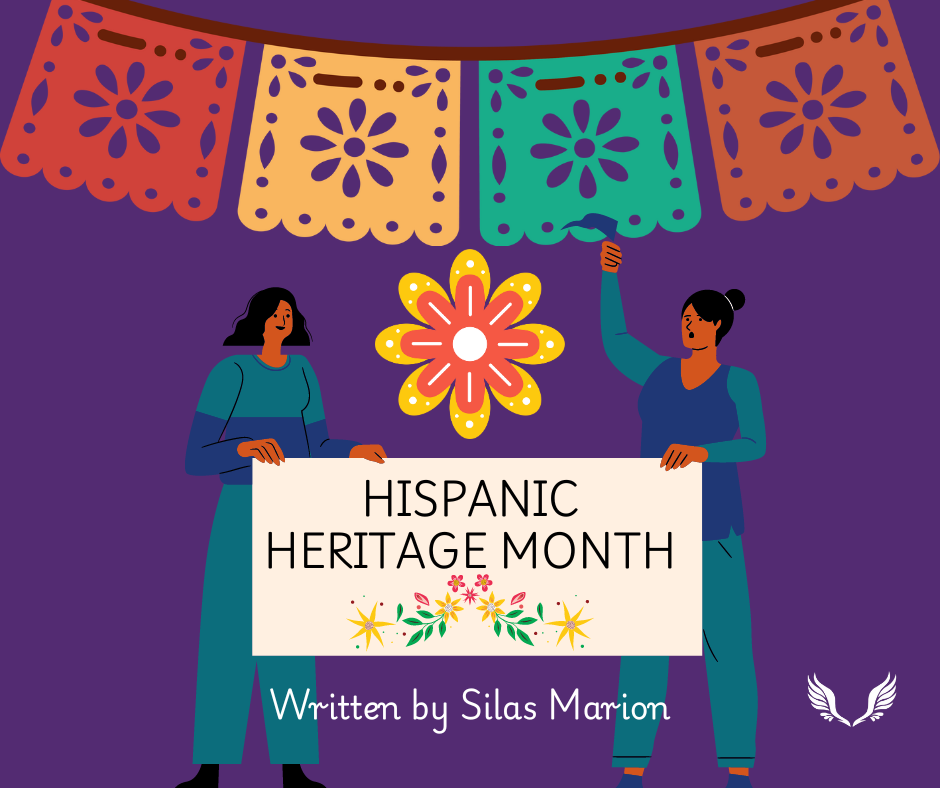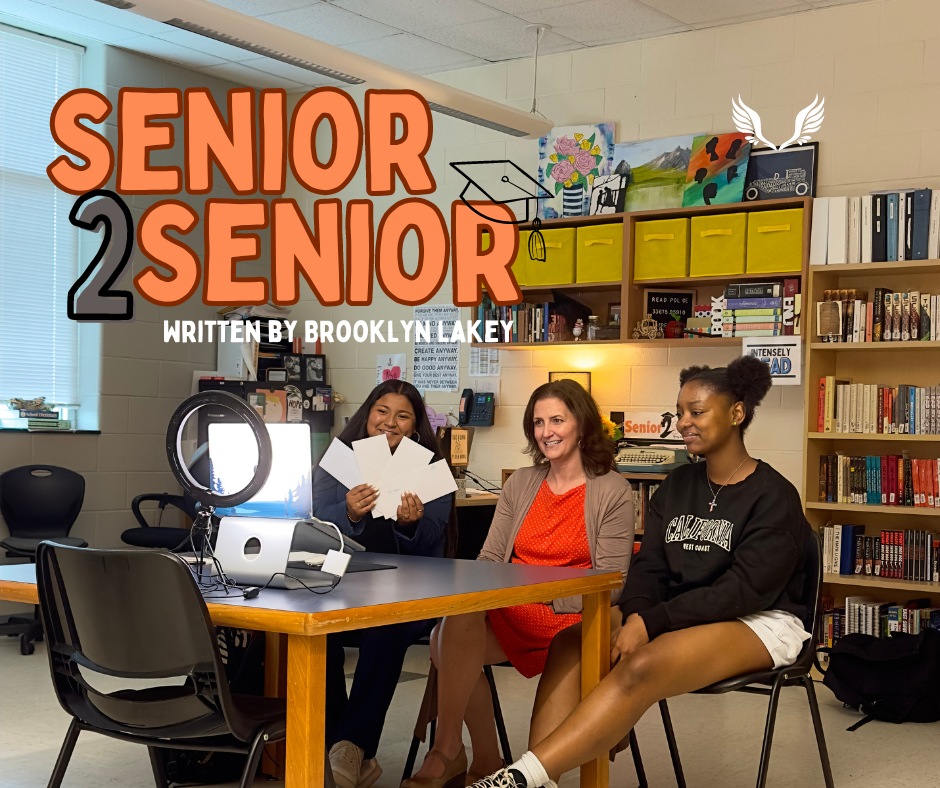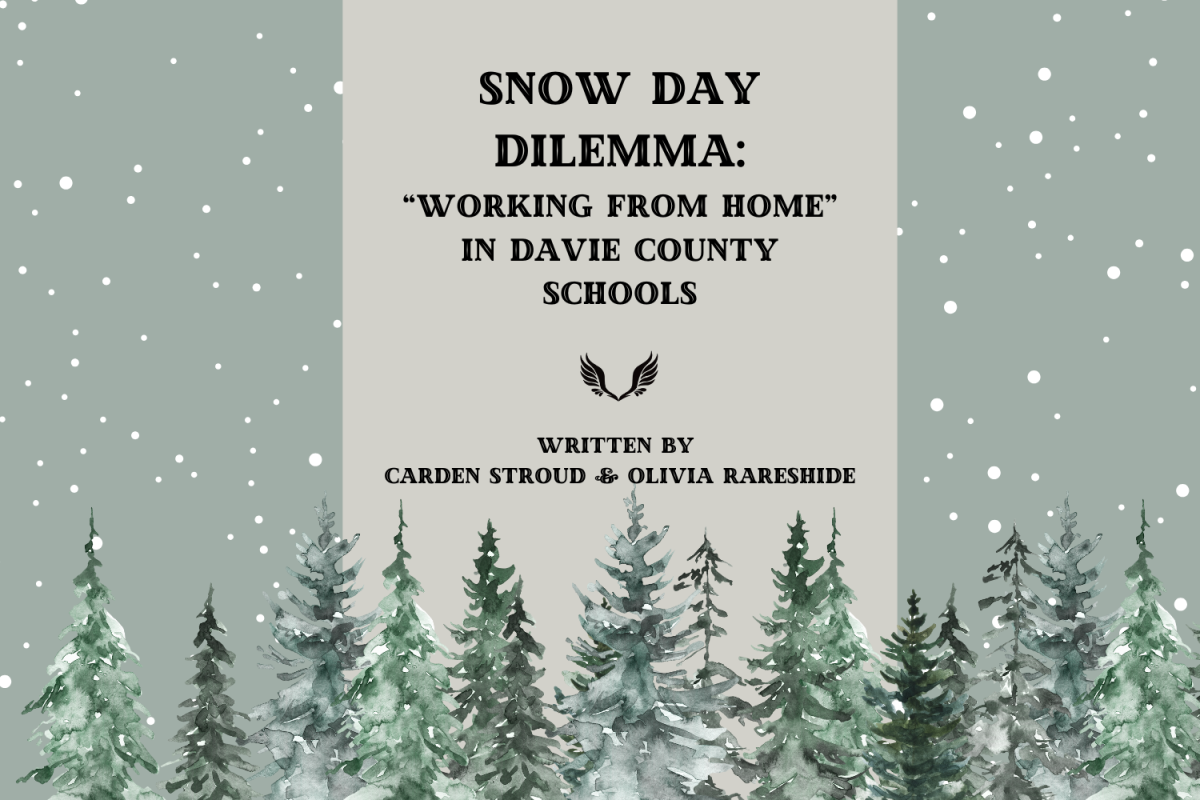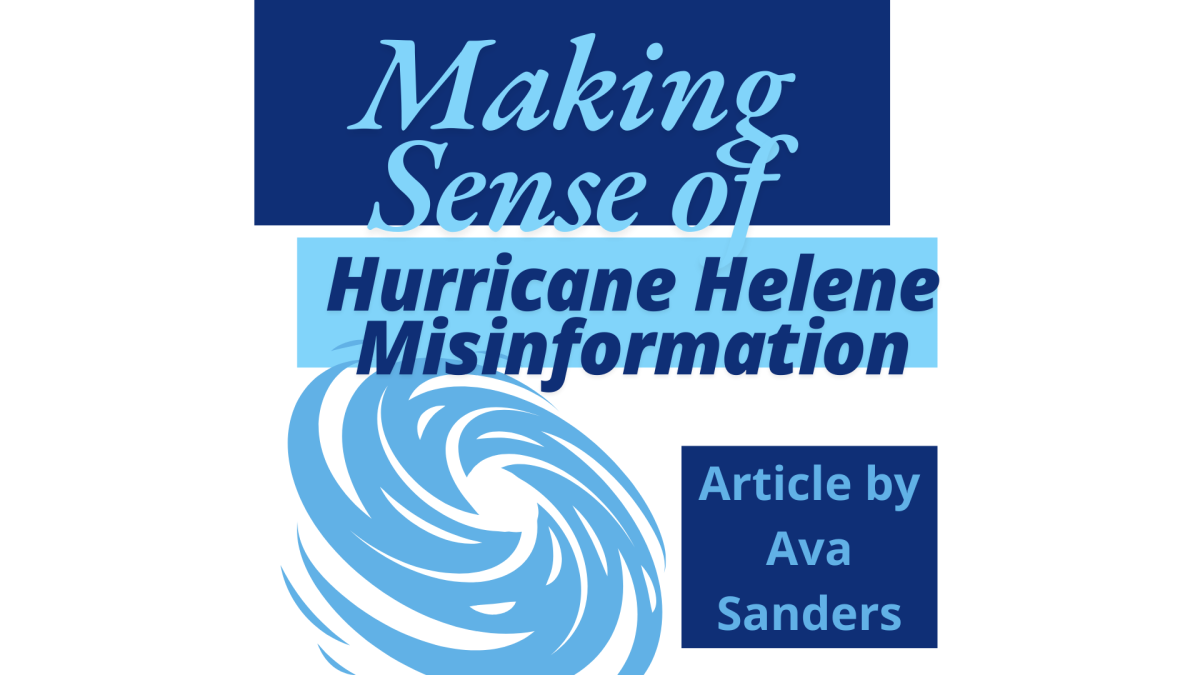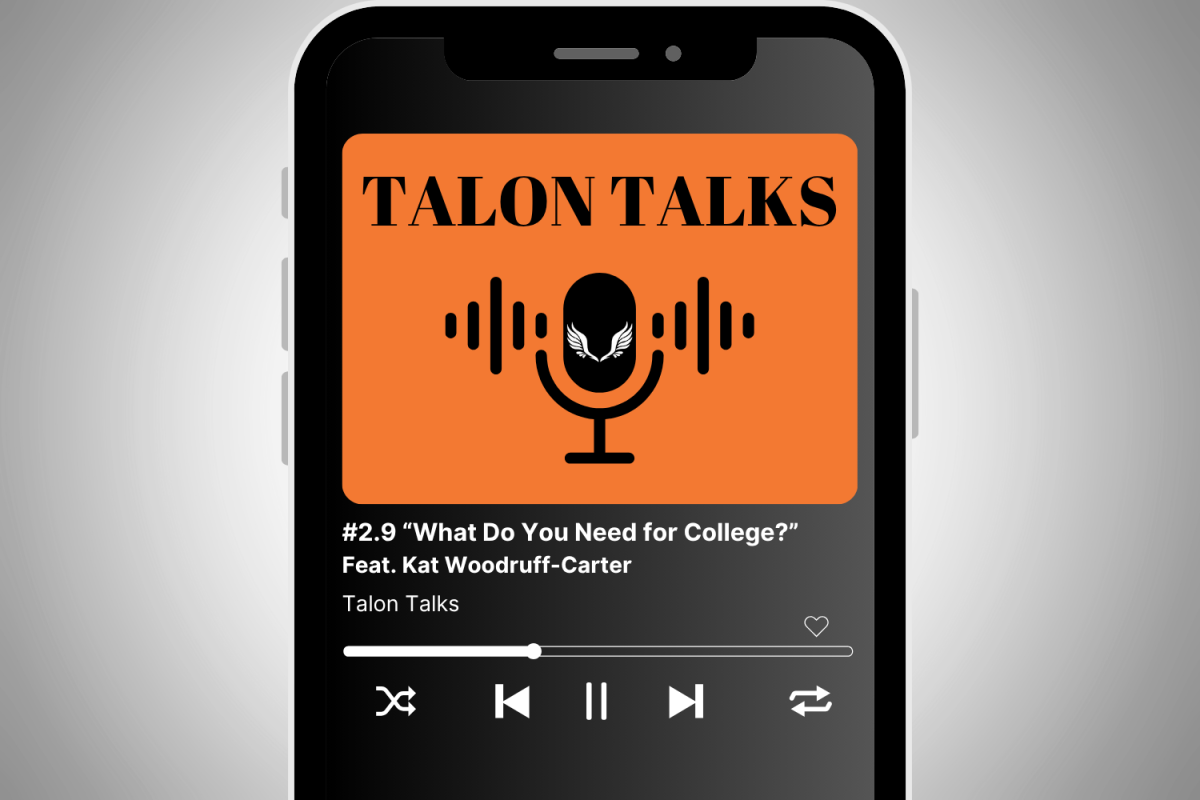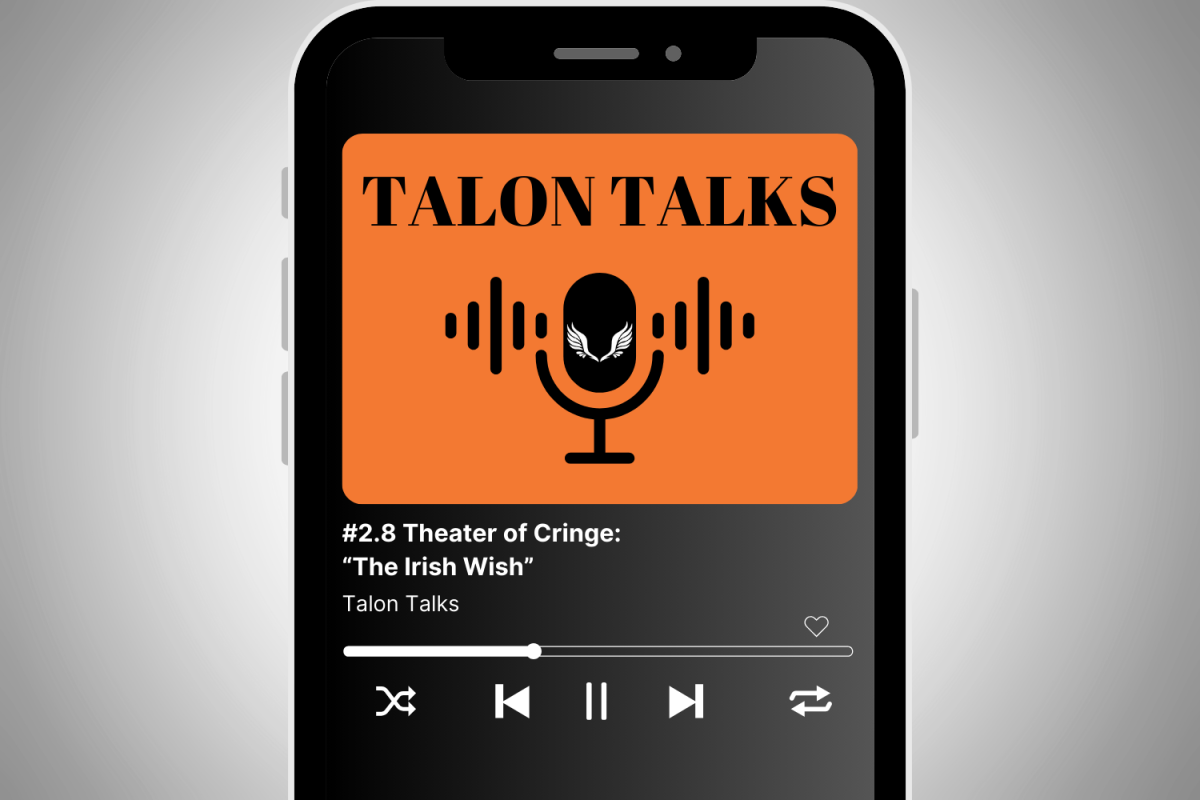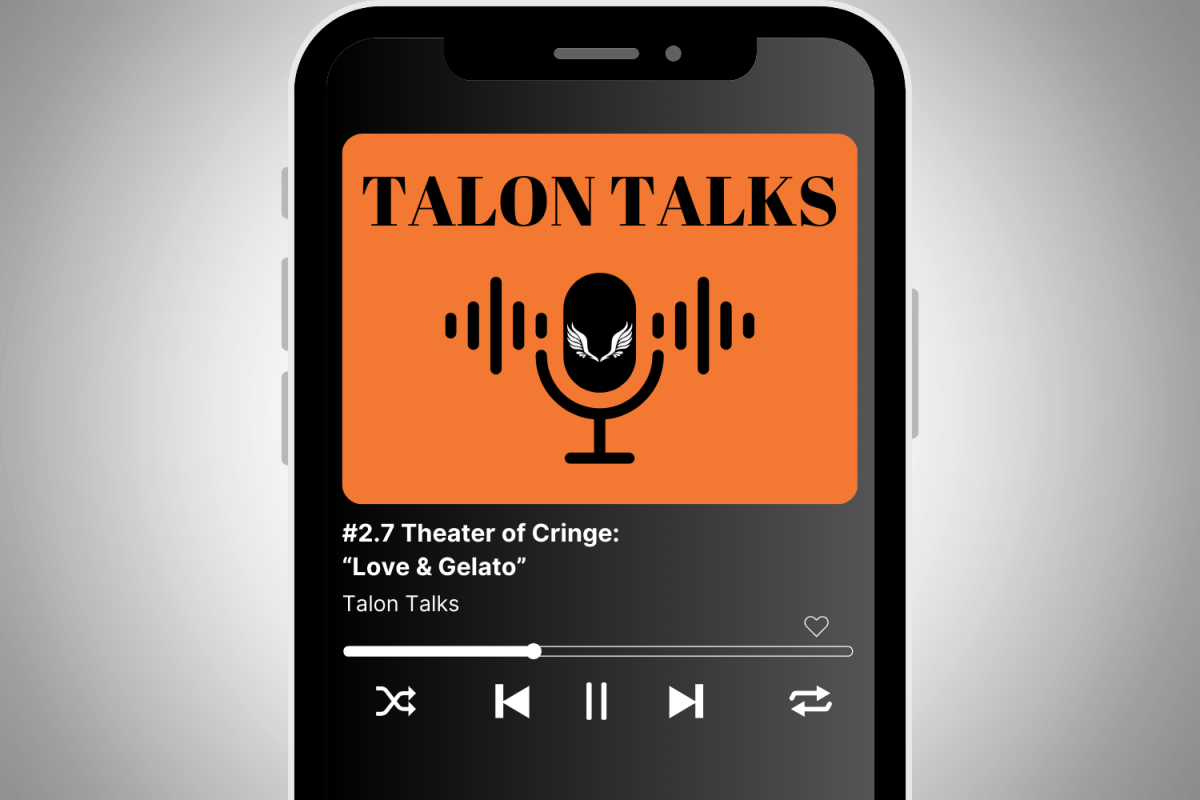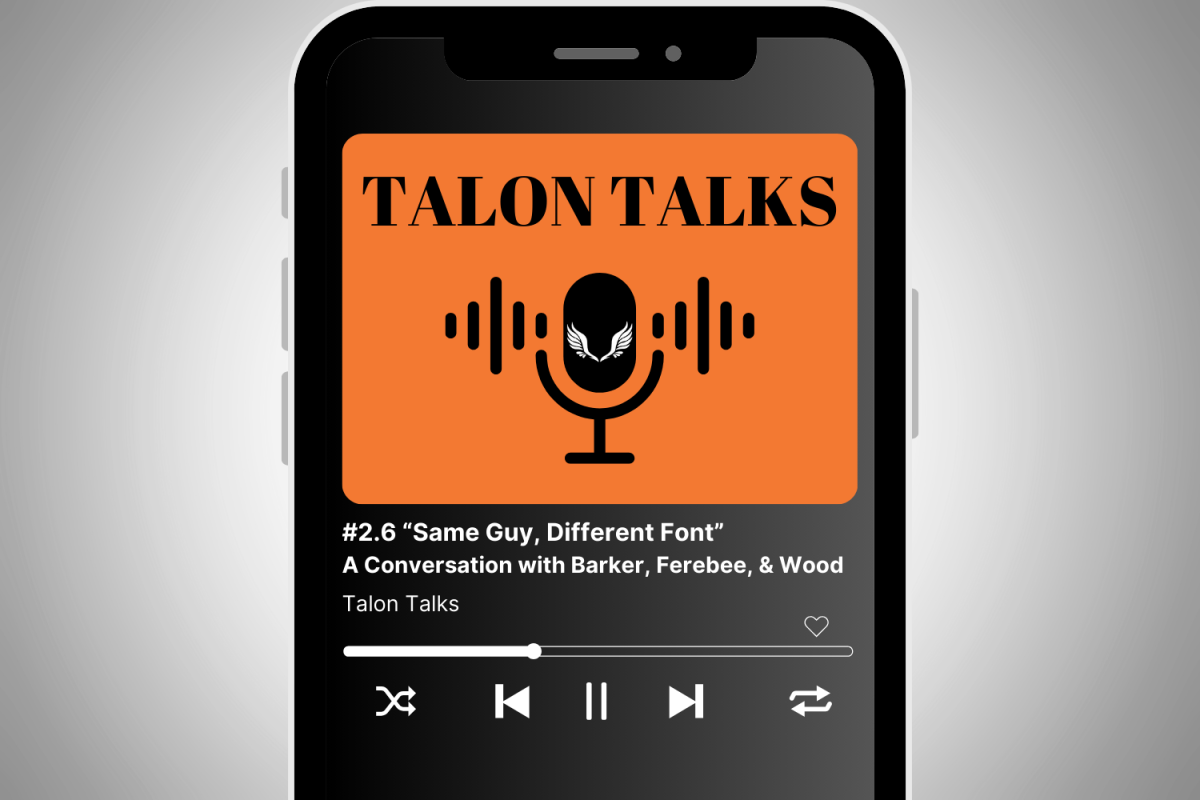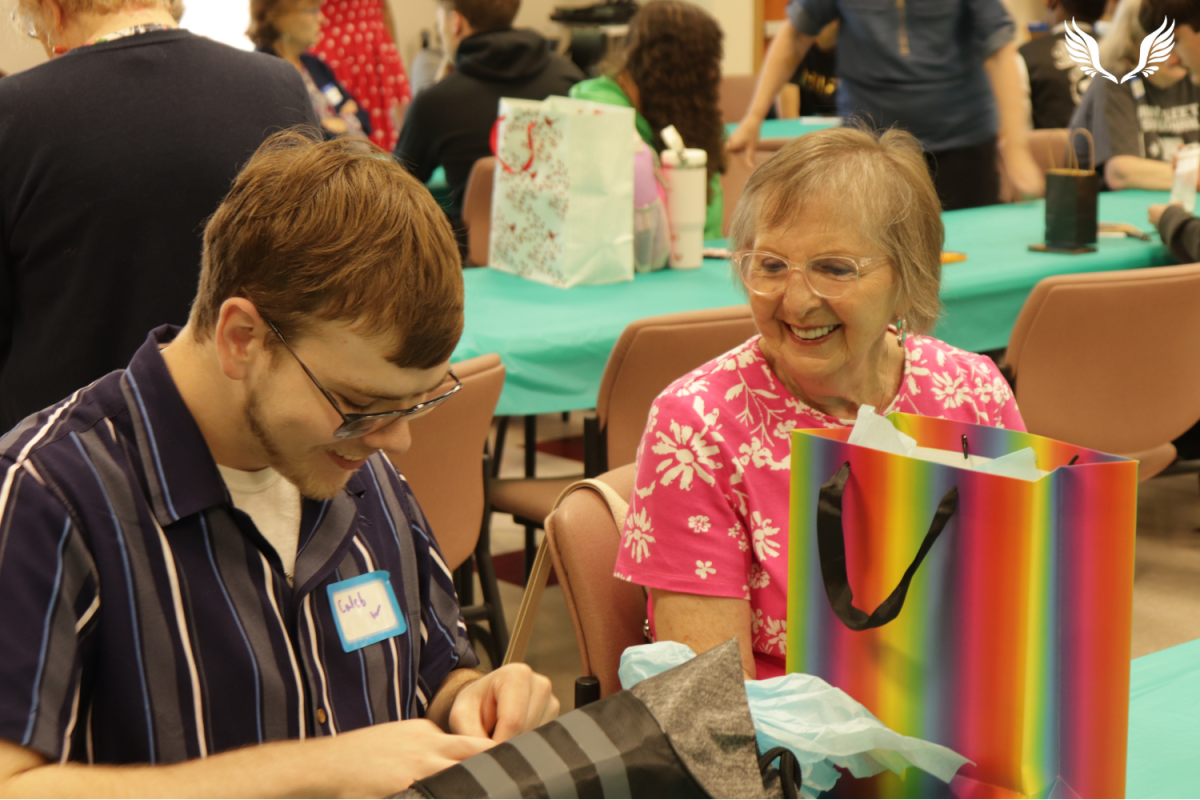It’s no secret that COVID-19 has taken a serious toll on schools and how they operate, students, and life in general. As of March 2021, schools closed for over 168 million kids globally. Fortunately, now it’s time to think about how things are going to open back up and what that means for Davie County Schools.
There are different ways the schools could go about the 2021-2022 school year. However, two major parts of the schedule have been talked about more frequently than others: Virtual Wednesdays and Smart Lunch. There are many opinions on how to go about the school year, and the best way to make the student body of Davie High School heard was to ask. The Weekly Talon conducted a survey asking students about their preferences.
A four-day schedule with virtual Wednesdays would be similar to what is in place now, with the removal of our hybrid A-B schedule.
88% of the students who answered the poll preferred to keep remote Wednesdays. When asked to elaborate on why or why not, the most common answers included the benefit of students and teachers having a day set aside to get ahead of or catch up on work. Additionally, respondents noted the virtual option would allow teachers to attend meetings, something they currently do on these days.
It would also be beneficial for students who have a part-time job or have other such responsibilities outside of school. Remote Wednesdays will allow clubs to meet at a time that does not interfere with at-school or at-home activities.
Of the 12% who did not want to keep virtual Wednesdays, some of the common explanations as to why included that it would take time away from in-school instruction, make meeting with clubs more difficult, and make it more challenging for younger kids to learn fundamental skills.
Some students also expressed concerns about transportation issues, as parents may have to pay for childcare on those Wednesdays.

The Weekly Talon’s survey also asked students to weigh in on their preferences for Smart Block, specifically asking them if they would like to see a return of the Smart Lunch program.
A schedule with Smart Lunch would be the equivalent of the 2019-2020 school year. This includes four classes a day with a forty-minute lunch break and a forty-minute Smart Block. The current Smart Block at DCHS is where students go to assigned classrooms per day, to make contact tracing much easier. Smart Lunch, however, is when the student gets to choose where they go based on their needs and clubs.
93% of those who answered the poll said that they would prefer to keep Smart Lunch. When asked to elaborate, the most common answers included the benefit of Smart Lunch allowing students to complete more work during the school day and consult teachers during their free time at school. In taking advantage of these opportunities, students can lessen their at-home workload, allowing them more time to study for tests and quizzes.
Outside of academics, Smart Lunch allows students to have a “brain break” or free period during the day and allows teachers to have planned and work time. Clubs similarly benefit because of the opportunity to meet in person during the day without interfering with other at-home or in-school activities.
Of the 7% who did not want to keep Smart Lunch, common explanations as to why were that Smart Lunch gives students “free reign,” which in previous years has meant skipping classes or starting fights. It was mentioned that it is harder to keep up with students, especially since they can choose where to go and that it’s 40 minutes’ worth of time that takes away from in-class learning.
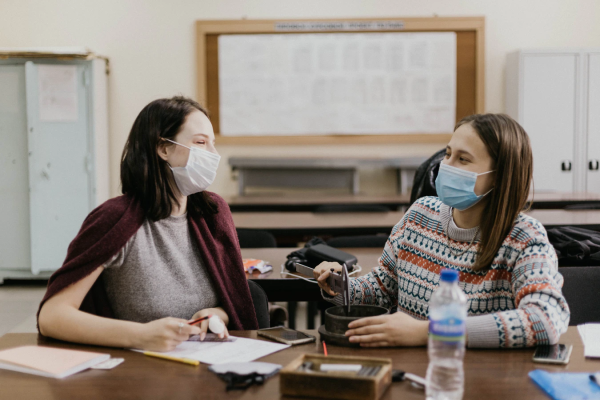
The Weekly Talon also surveyed a handful of teachers regarding their thoughts about the scheduling for the next school year.
When asked about Smart Lunch, one teacher said, “I don’t think smart lunch should stay next year, but I do think that the Smart Block we have now should stay (only allowing students to be assigned to a different class every day rather than letting them choose). Forty minutes is a long time for lunch, and if we could use that time to catch people up and get actual work done, it would be much more beneficial.”
When asked about virtual Wednesdays, one teacher said that “My thoughts about virtual Wednesdays are split. For teachers, Wednesday is a workday in which we have many meetings and time to work, plan, and have office hours available for our students. For students, remote learning days help in developing skillsets for future-time management, online learning skills, note-taking skills, accountability, self-assessment, and ownership of their own learning. I do feel that five days of in-person teaching and learning is important, but I also feel that education is changing!”
Regarding what they thought the school year next year would look like, the teachers that were interviewed answered similarly: going back all five days next year, and only doing virtual Wednesdays if other schools decide to do so as well.
“I think school will look like any other year, as much as that bothers me. If it can look normal, it will. If everyone else is doing the virtual Wednesdays, we may, but it’s very unlikely.”
It’s difficult to tell what next year will be like, but it’s exceedingly clear that the virtual days are coming to an end. Governor Roy Cooper signed a bill in North Carolina which stated that all elementary school students are required to switch to plan A only while high schoolers may operate under A or B. Whether or not we go back to four- or five-day weeks, both A- and B-day students will more than likely be brought back together.


